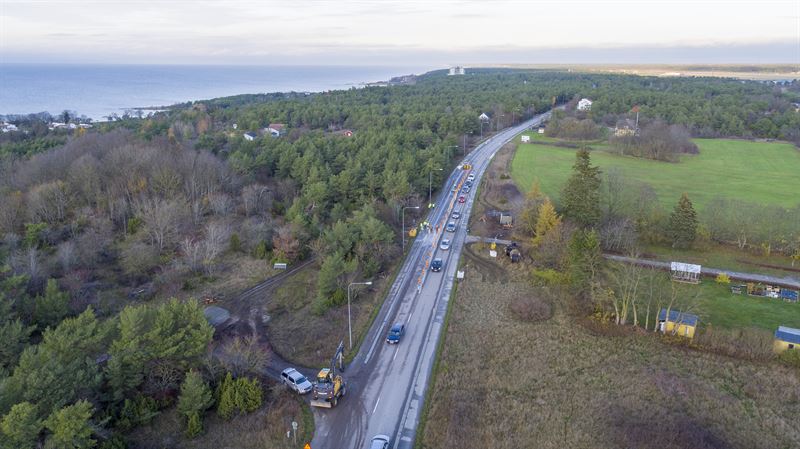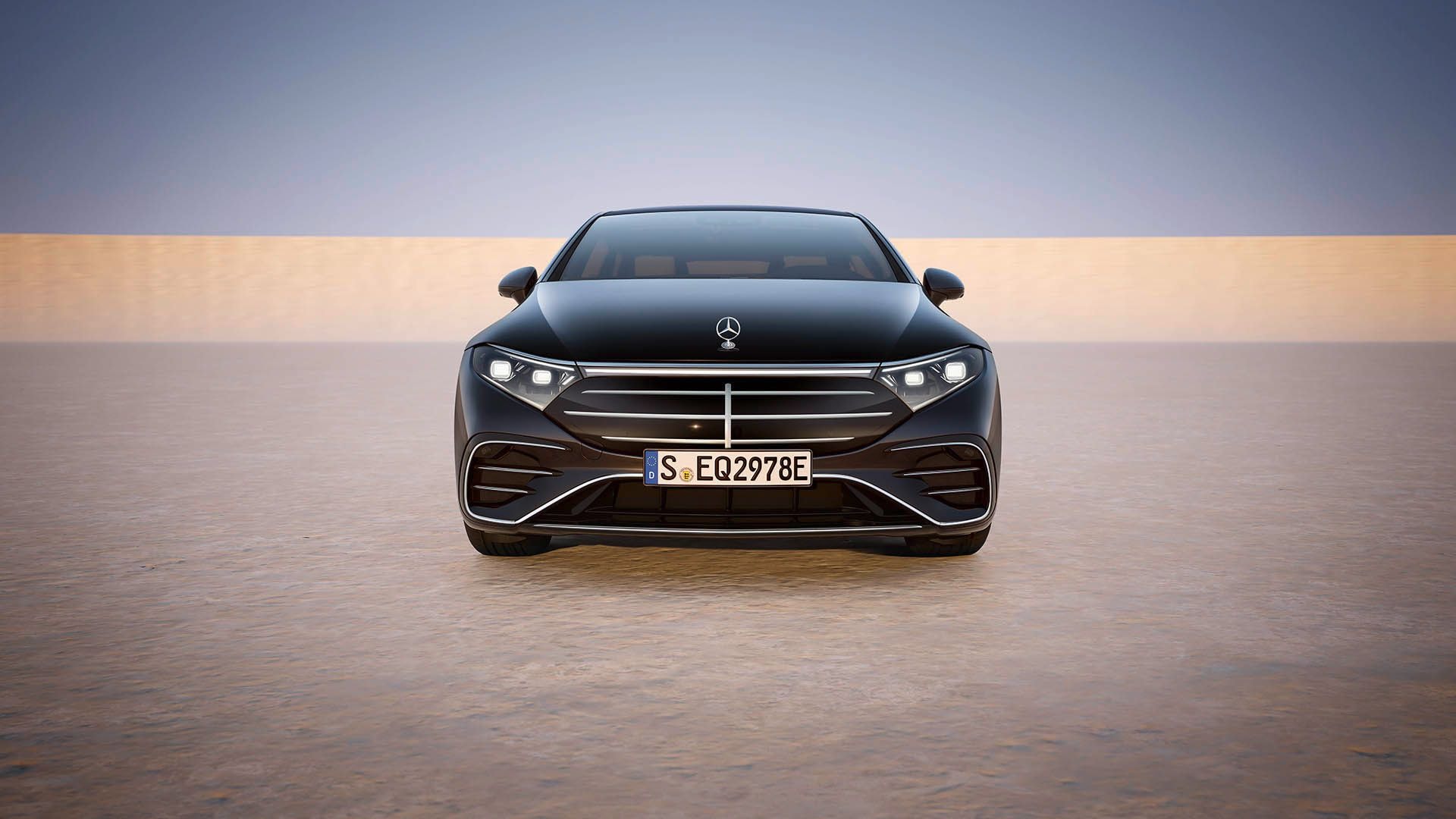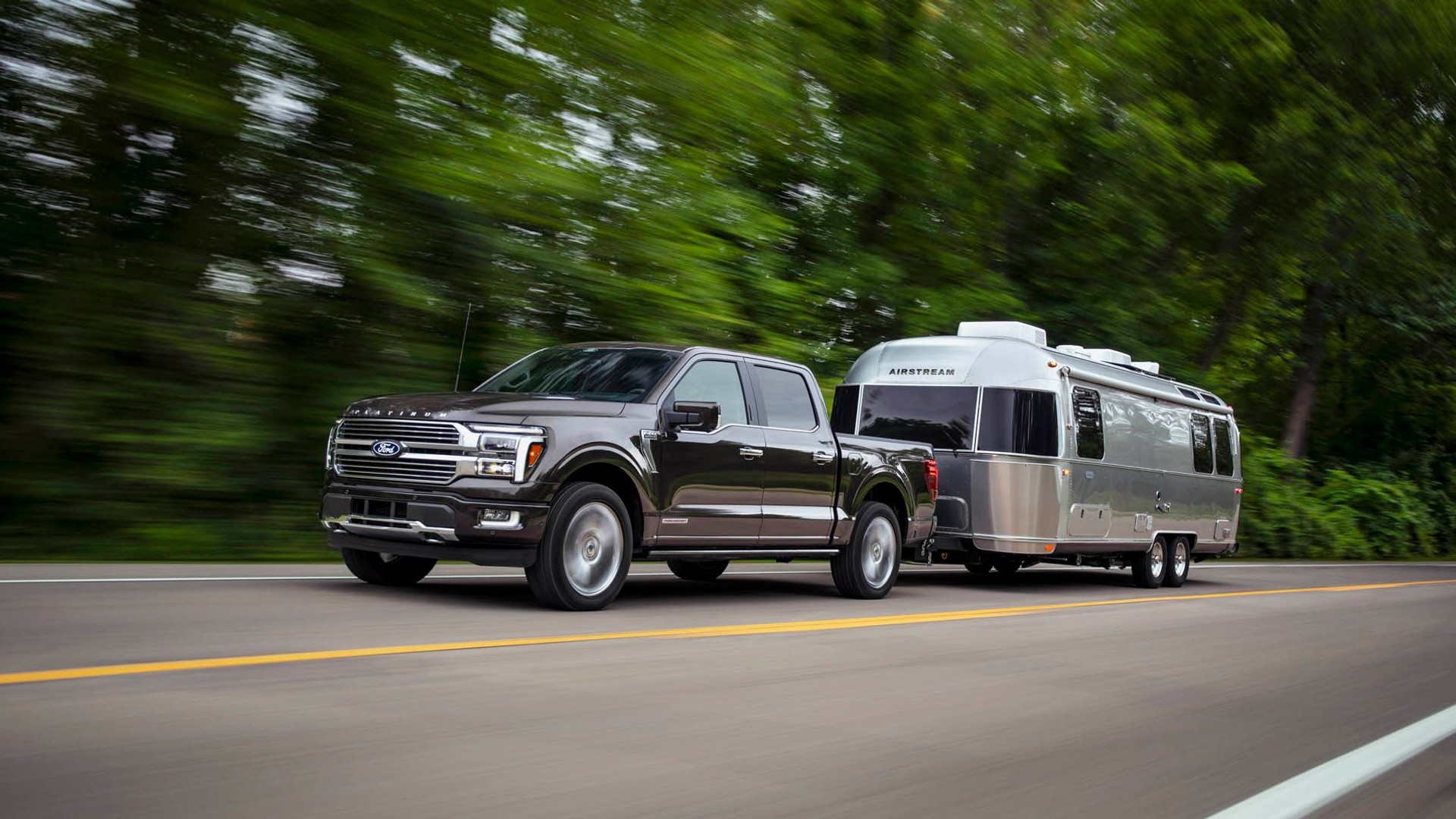Initial tests of in-road charging for electric trucks on a stretch of Swedish road have been successful, according to project managers. The scope of testing will now increase, encompassing more vehicles, additional stretches of road, and higher speeds.
The project, dubbed "Smartroad Gotland" got underway in November 2019 with the installation of inductive charging equipment on a stretch of road between an airport and the town of Visby, on the Swedish island of Gotland.
The charging system consists of rubber-wrapped copper coils buried a little more than 3 inches deep, connected to the grid. Vehicles are equipped with receivers that allow them to draw current.
Sourced from Israeli firm ElecReon, the system is designed to be scalable. Coils can be embedded in longer stretches of road if needed, and vehicles can be equipped with multiple receivers (the truck used for testing had five of them).
Testing took place over a week and a half in winter conditions, with snow and rain, according to Smartroad Gotland.
The truck was able to charge both while stationary and while driving over a 164-foot section of road at speeds up to 18 mph. The system was able to charge the truck at a rate of 45 kilowatts, according to Smartroad Gotland.

Smartroad Gotland
Over the coming months, Smartroad Gotland said it plans to test at "highway speed" with an increased charging rate 125 kw.
More stretches of road will be added as well, along with an electric airport shuttle bus.
Wireless charging of a moving vehicle has been accomplished before, but not on public roads. In 2017, Renault and Qualcomm charged a car at 60 mph on a test track. Qualcomm subsequently sold its wireless charging patents to startup WiTricity.
Wireless charging is more convenient than plugging in, but systems currently available have struggled to match the efficiency of conventional cables.
In 2019, researchers at the Department of Energy's Oak Ridge National Laboratory managed to wirelessly transfer 120 kw of power with 97% efficiency, but it's unclear if those results can be replicated in a commercial application.












